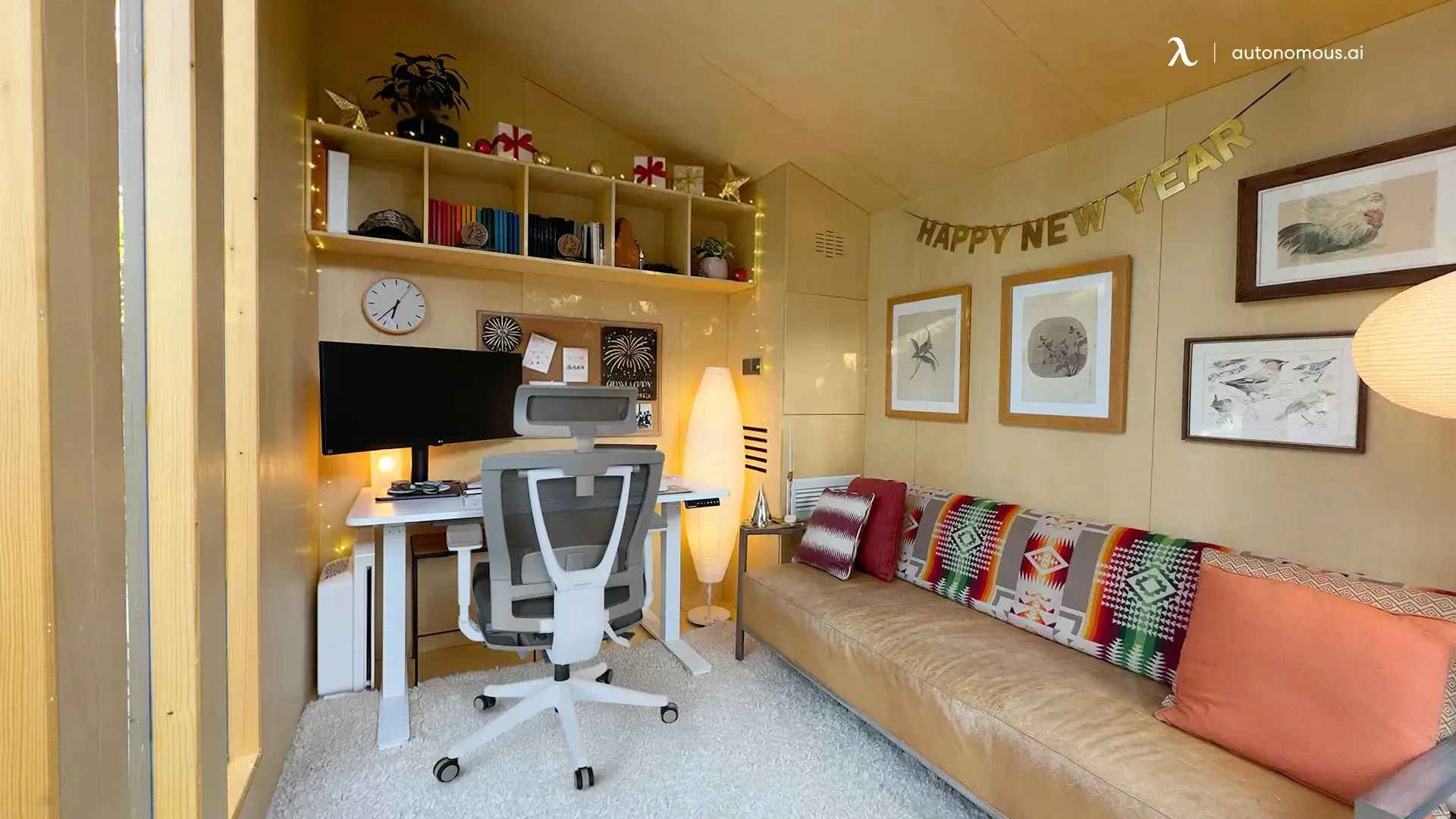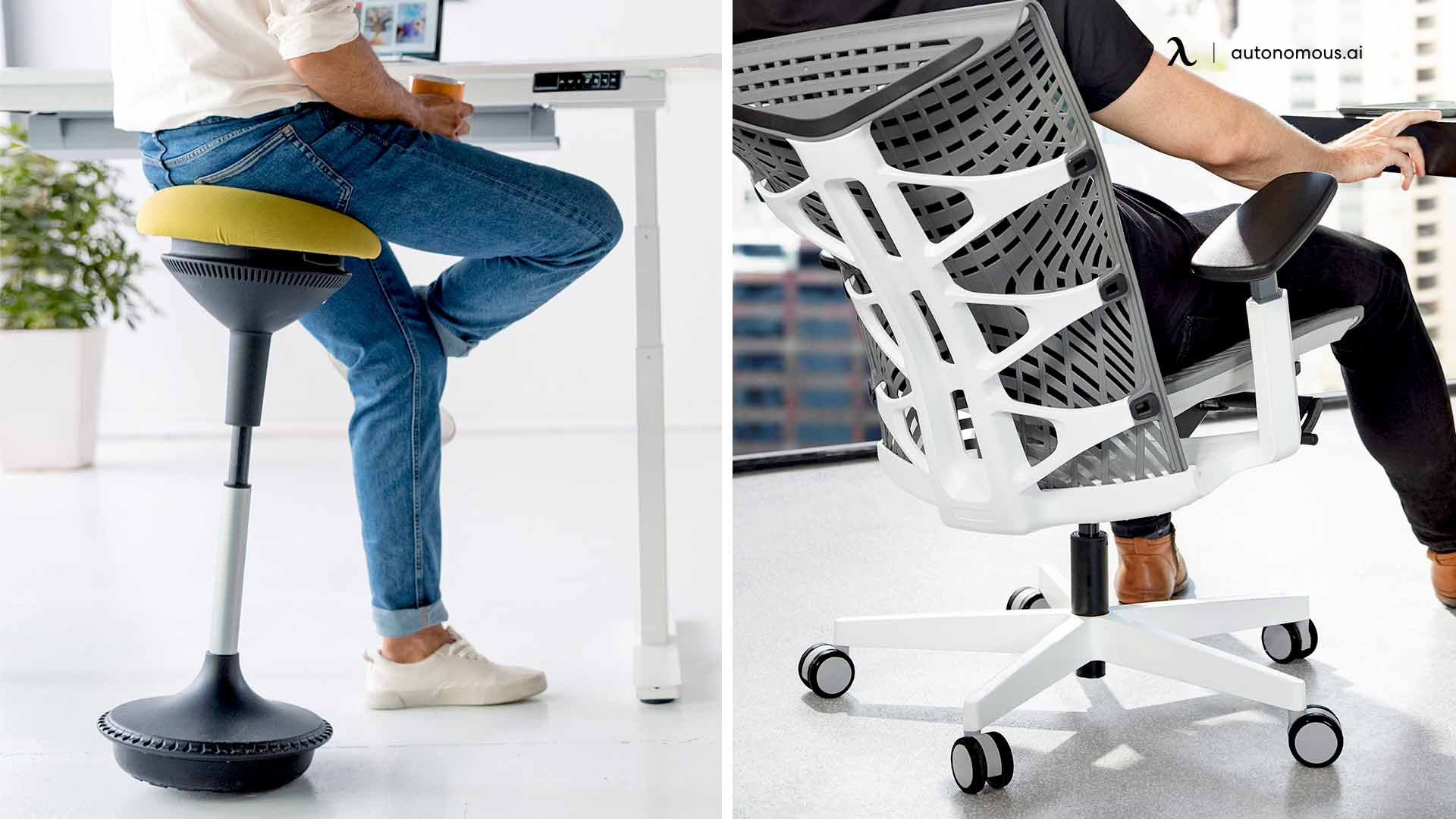- Newest
- Most viewed
Interested in a Link Placement?

15 Best New Year Gift Ideas for Mom
Looking for a New Year gift for mom? Discover caring, low-risk New Year gift ideas that fit everyday life and make the start of the year feel special.
Latest Updates | Dec 26, 2025 668 views

11 New Year Gifts for Wife to Start the Year Together
Latest Updates | Dec 26, 2025 756 views
.webp)
Autonomous ErgoChair Pro vs Secretlab TITAN: Full Comparison
Smart Products | Dec 25, 2025 489 views

10 Best New Year Gift Ideas for Your Husband
Latest Updates | Dec 25, 2025 375 views

10 DIY New Year Gift Ideas That Feel Thoughtful
Latest Updates | Dec 25, 2025 815 views

How to Celebrate New Year in the Office
Latest Updates | Dec 24, 2025 463 views

15 Thoughtful New Year Gifts for Coworkers That Feel Right
Latest Updates | Dec 23, 2025 285 views

Chair Bands for ADHD: Do They Really Work?
Latest Updates | Dec 22, 2025 257 views

New Year Quotes for Work to Start the Year Right
Latest Updates | Dec 22, 2025 1,145 views
.webp)
From Screens to Servos: Why Robots play an important role in the AI World
Smart Products | Dec 22, 2025 999 views

Best New Year Gifts for Teachers: Fresh Tools for 2026
Latest Updates | Dec 21, 2025 744 views

Best New Year Gifts for Family to Ring in 2026 Together
Latest Updates | Dec 18, 2025 466 views
.svg)
